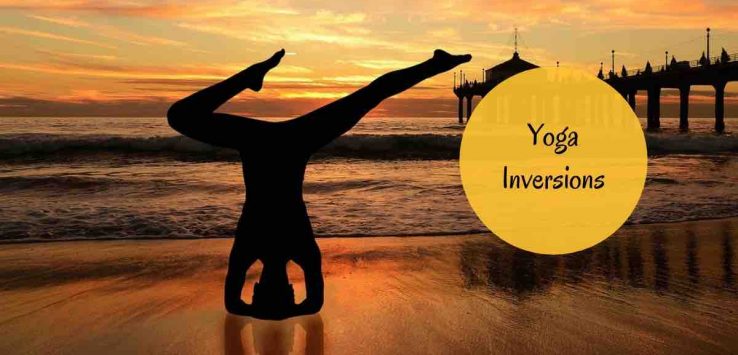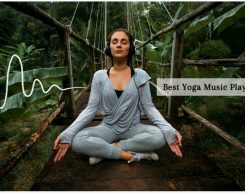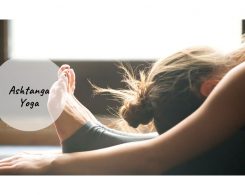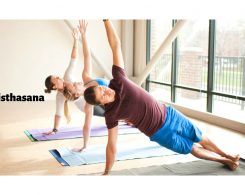- 1. Headstand (Sirasana) â The King Of Yoga Poses
- 2. Shoulder Stand (Sarvangasana) â Benefits For The Whole Body
- 3. Downward Dog (Adho Mukha Svanasana) â Great For Mental Health
- 4. Childâs Pose (Balasana) â Immensely Comforting
- 5. Legs Up The Wall (Viparita Karani) â Easy & Effective
- 6. Plough Pose (Halasana) â An Asana Worth Learning
Yoga inversions are when the hips are higher than the chest and the chest is above the head. They are an exciting topic for learners as well as teachers. They weren’t meant to just look cool; there are immense yoga inversions benefits for the body as well as mind.
Yoga Inversions: 6 Inverted Yoga Poses That Are Highly Rewarding
1. Headstand (Sirasana) – The King Of Yoga Poses
At the mention of inversion yoga poses, most people think of the Headstand. Known as the king of yoga poses, it is a fantastic health booster. The Headstand activates the body’s relaxation response. It improves hormonal balance throughout the body by stimulating the pituitary gland. It’s also great for the lungs and the digestive system.
2. Shoulder Stand (Sarvangasana) – Benefits For The Whole Body
Also among the most popular inverted yoga poses is the Shoulder Stand. As the Sanskrit name suggests, this pose benefits all parts of the body. It has a calming effect on the nervous system and improves the functioning of the thyroid gland. It’s very good for the shoulders, neck, core, and legs. This pose also boosts digestion and body strength.
3. Downward Dog (Adho Mukha Svanasana) – Great For Mental Health
Next up is Downward Dog. Not many people recognise it to be among the inversion yoga poses, but it is! Downward Dog is better suited to beginners than the first two poses on the list. It’s great for the hamstrings, legs, shoulders, and hands. This pose relieves fatigue, insomnia, depression as well as anxiety – making it a good pose for better mental health.
4. Child’s Pose (Balasana) – Immensely Comforting
Child’s Pose is a simple relaxing pose, and also classifies as an inversion. It gently stretches the back and activates deep belly breathing. As a result, the body’s relaxation response gets triggered. It sends fresh oxygen to the brain and helps you feel refreshed and at rest. It’s good for stress, fatigue, and depression.
5. Legs Up The Wall (Viparita Karani) – Easy & Effective
One of the easiest, not just in the inverted yoga poses category, but among all asanas! Legs Up The Wall is excellent for just having a relaxing time. It soothes the nervous system, relieves tiredness from the legs and feet, and gives the body a gentle stretch. It’s also quite good for backache.
6. Plough Pose (Halasana) – An Asana Worth Learning
The Plough Pose may seem difficult at first, but it’s fun to do. It’s very good for building flexibility and confidence. This pose stretches and strengthens the spine. It’s good for the shoulders and abdomen. It stimulates the thyroid gland and improves its functioning. This pose is also believed to improve fertility.
Who Should Be Cautious While Doing Inversion Yoga Poses?
Those facing problems in the head, spine, neck, and cardiovascular system should be careful. Beginners shouldn’t jump to expert poses like the Headstand – take it slow and learn lower level poses first. It’s also important to always warm up properly before doing these poses. Listen to your body to avoid strain and injury. When learning the poses, do them under the supervision of an expert.
Note: Posts on Ayurvedum are solely for the purpose of sharing the goodness of Ayurveda and bringing awareness about natural and healthy living. Please do not substitute it for professional medical advice. Ingredients discussed can interfere with certain medications. So, before using anything to treat yourself, always consult an Ayurveda doctor or practitioner.






Leave a reply